| Print it! Click here to download a high-resolution, printable PDF of the notation. |
| Chops: Beginner Theory: Intermediate Lesson Overview: • Spice up a blues with diminished and minor seventh chords. • Learn how diminished seventh chords are constructed. • Use I–vi–ii–V progressions over a blues progression. |
In Fig. 1 I’ve added a diminished 7th passing chord in the sixth measure. The diminished 7th (1–b3–b5–bb7) is a great way to move from the IV chord back to the I chord. In this example, the diminished chord is a tritone away from the key we are in, in the case, A. This creates some nice tension that resolves beautifully to the A7. This is a fairly easy chord to play. Since we are playing the D7 with a barre at the fifth fret, all we need to do is add our second finger on D# on the fifth string. Take your time and listen to each chord and how it sounds moving from one to the next.
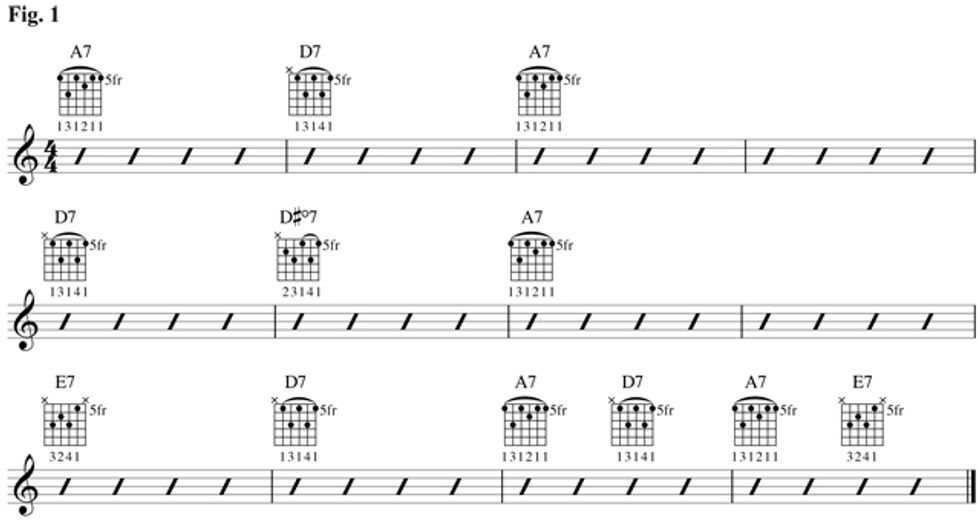
We move a little closer to jazz-based harmony in Fig. 2. Check out what is happening starting with measure seven. Starting with A7, we create a I–vi–ii–V progression. Since we are in the key of A, we use the A major scale (A–B–C#–D–E–F#–G#) as a reference point. Here, the A is our I chord, F#m7 is the vi, Bm7 is the ii, and E7 is the V. When a chord is major (or dominant) we use a capital roman numeral, and when it is minor we use a lowercase numeral. Using this new system, we consider the diminished chord in the sixth measure a #IV. Again, pay attention to how the chords sound moving from one to another.
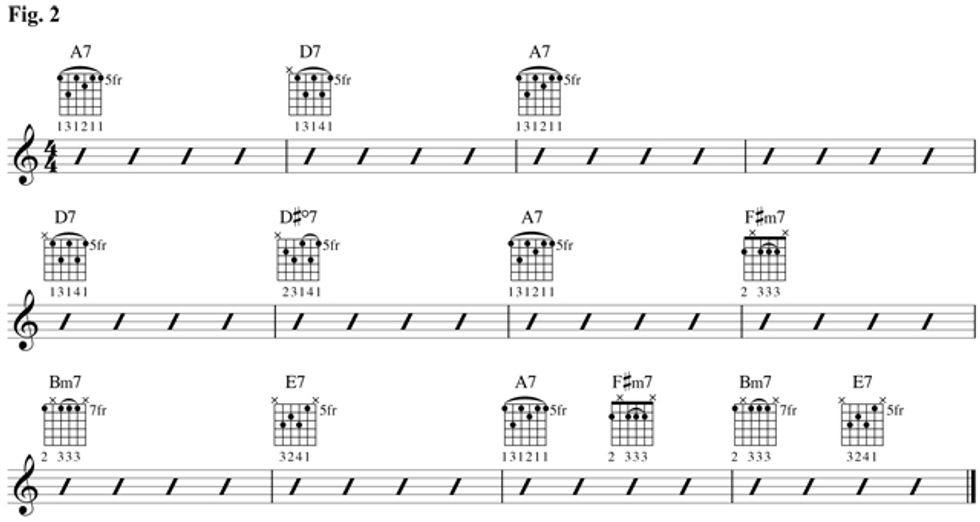
In Fig. 3 I added a few more elements to our progression. First, I changed the minor chords to dominant chords. This gives you more options when it comes to improvising. When you use minor chords in a blues, it sometimes tends to sound dark. Simply by changing them to dominant chords, you are able to “brighten” up the sound. In measure six you can see that we have added some inversions to the diminished 7th chord from the previous examples. Since all the notes in a diminished chord are the same distance (a minor 3rd) from each other, any one of the notes can be considered the root. When you slide the shape up three frets you create inversions that can be substituted for the original chord. This creates not only some cool tension, but some movement going back to the I chord.
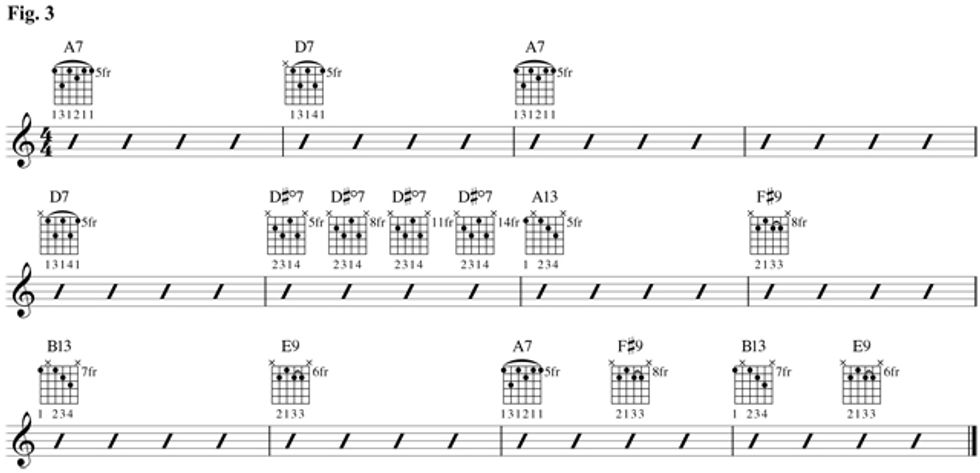
I hope you enjoyed adding these new chords to our old blues. There’s a lot you can do with this newfound knowledge. Take your time and experiment with which chord voicings you use and where. Also, feel free to add some of your own chord voicings. Try writing a blues tune with these new progressions. The more you force yourself to use them the more they’ll stick.
 Dennis McCumber has been a guitar instructor and performer
for more than 20 years. He holds a Bachelor’s degree in music
education from The College of Saint Rose.
Dennis performs
regularly in the New York City area with various rock, blues, and funk bands, and occasionally as a classical soloist.
In addition to performing, Dennis has been a middle school
music teacher in the Bronx for the past 12 years. While
teaching in the Bronx, he was given a guitar lab by VH1
Save the Music and a keyboard lab from the radio station
Hot97 Hip Hop Symphony. Dennis has been an instructor at
the National Guitar Workshop since 1996, where he teaches
Blues, Funk, and Rock. Find out more at dennismccumber.com.
Dennis McCumber has been a guitar instructor and performer
for more than 20 years. He holds a Bachelor’s degree in music
education from The College of Saint Rose.
Dennis performs
regularly in the New York City area with various rock, blues, and funk bands, and occasionally as a classical soloist.
In addition to performing, Dennis has been a middle school
music teacher in the Bronx for the past 12 years. While
teaching in the Bronx, he was given a guitar lab by VH1
Save the Music and a keyboard lab from the radio station
Hot97 Hip Hop Symphony. Dennis has been an instructor at
the National Guitar Workshop since 1996, where he teaches
Blues, Funk, and Rock. Find out more at dennismccumber.com.

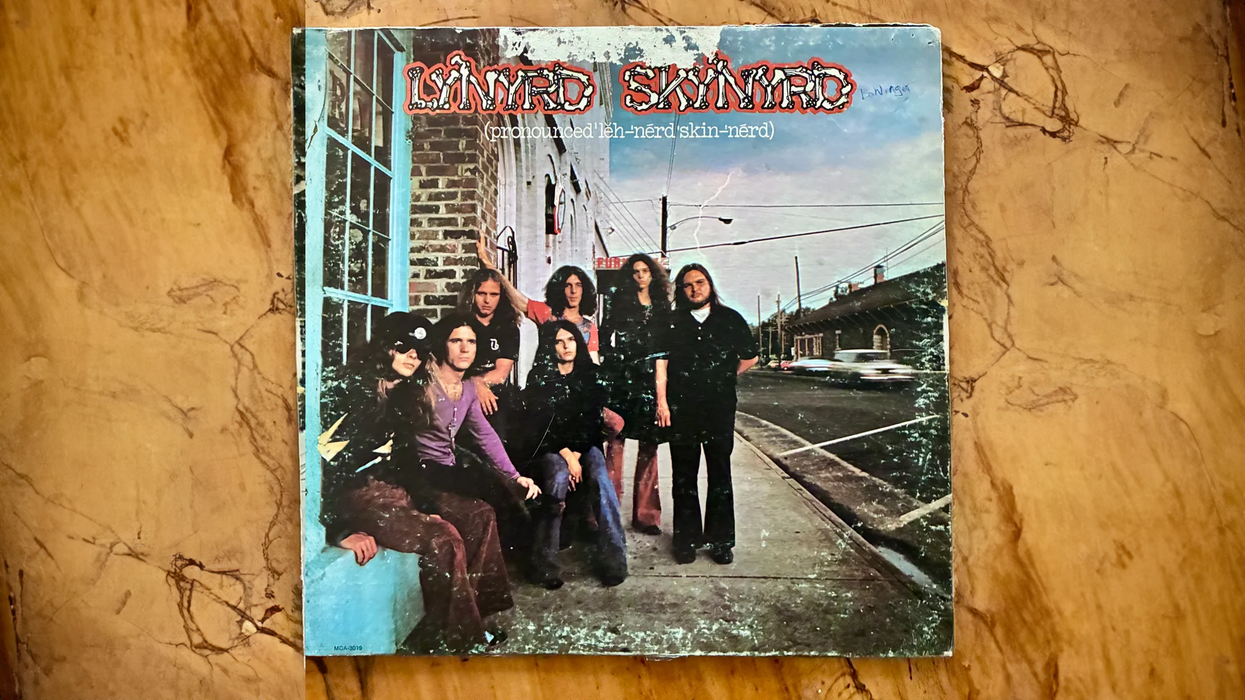

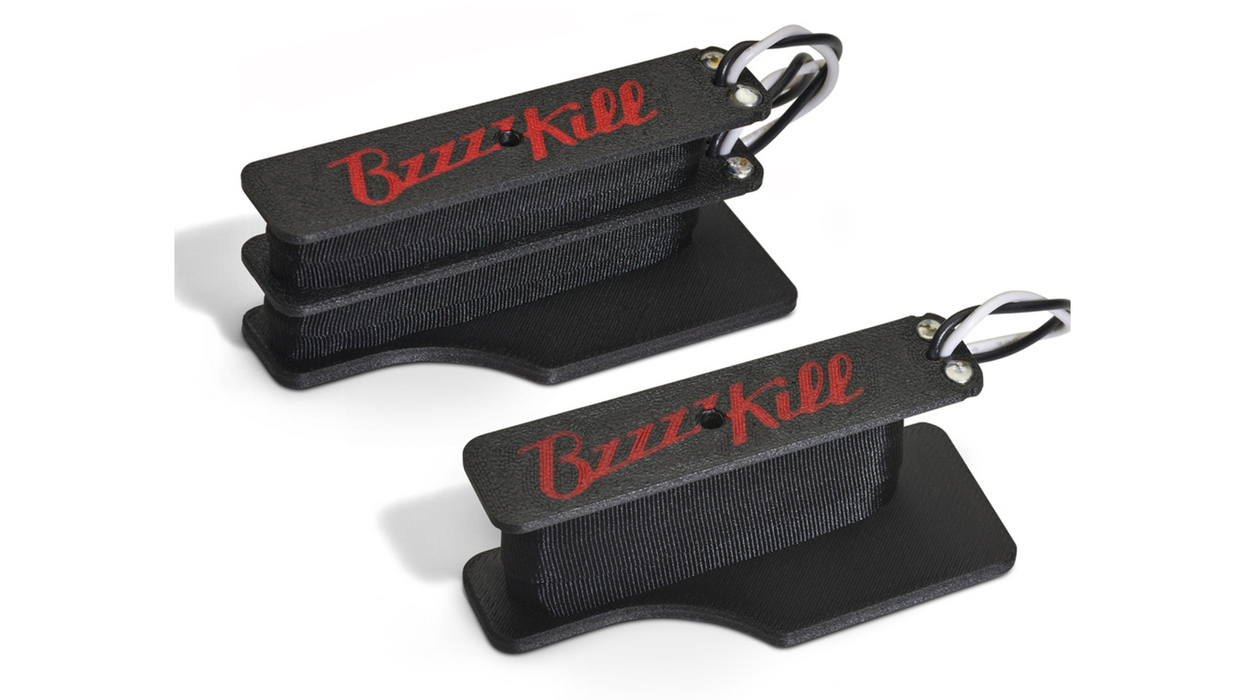
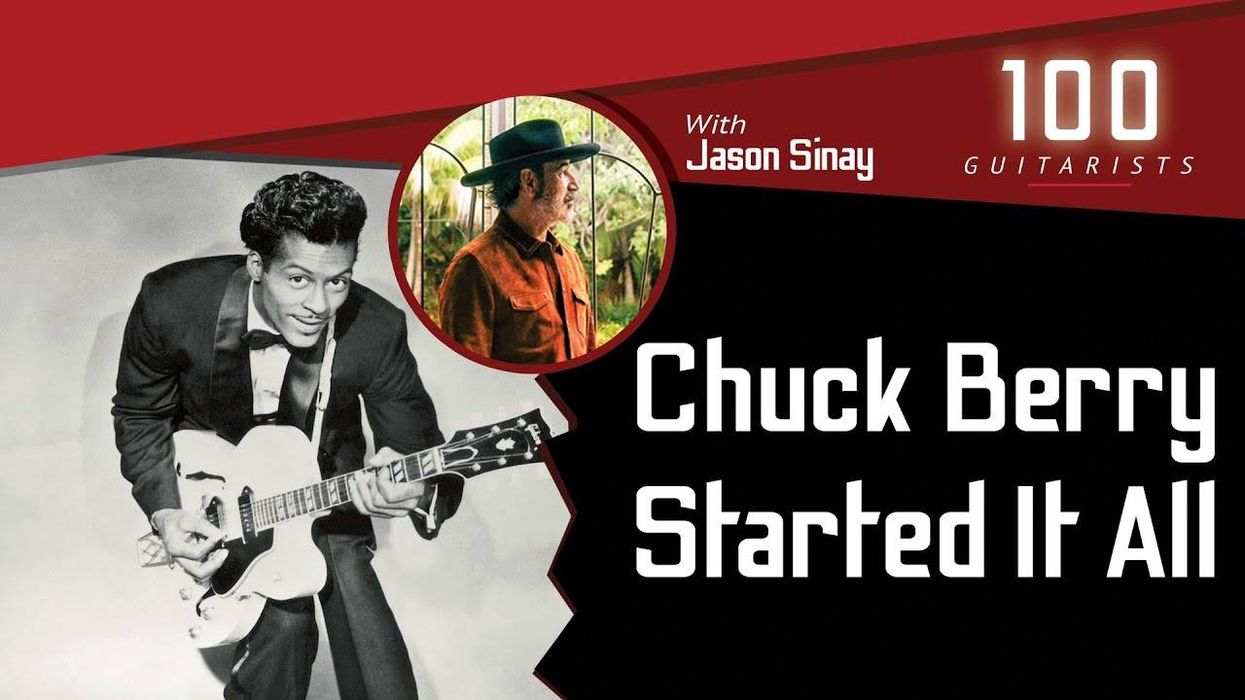





![Rig Rundown: Russian Circles’ Mike Sullivan [2025]](https://www.premierguitar.com/media-library/youtube.jpg?id=62303631&width=1245&height=700&quality=70&coordinates=0%2C0%2C0%2C0)













